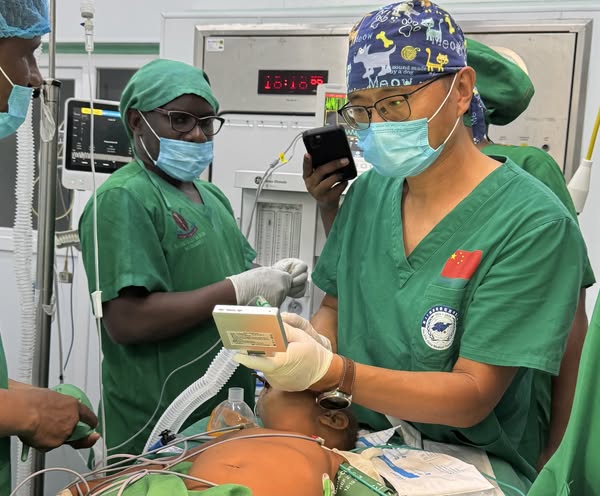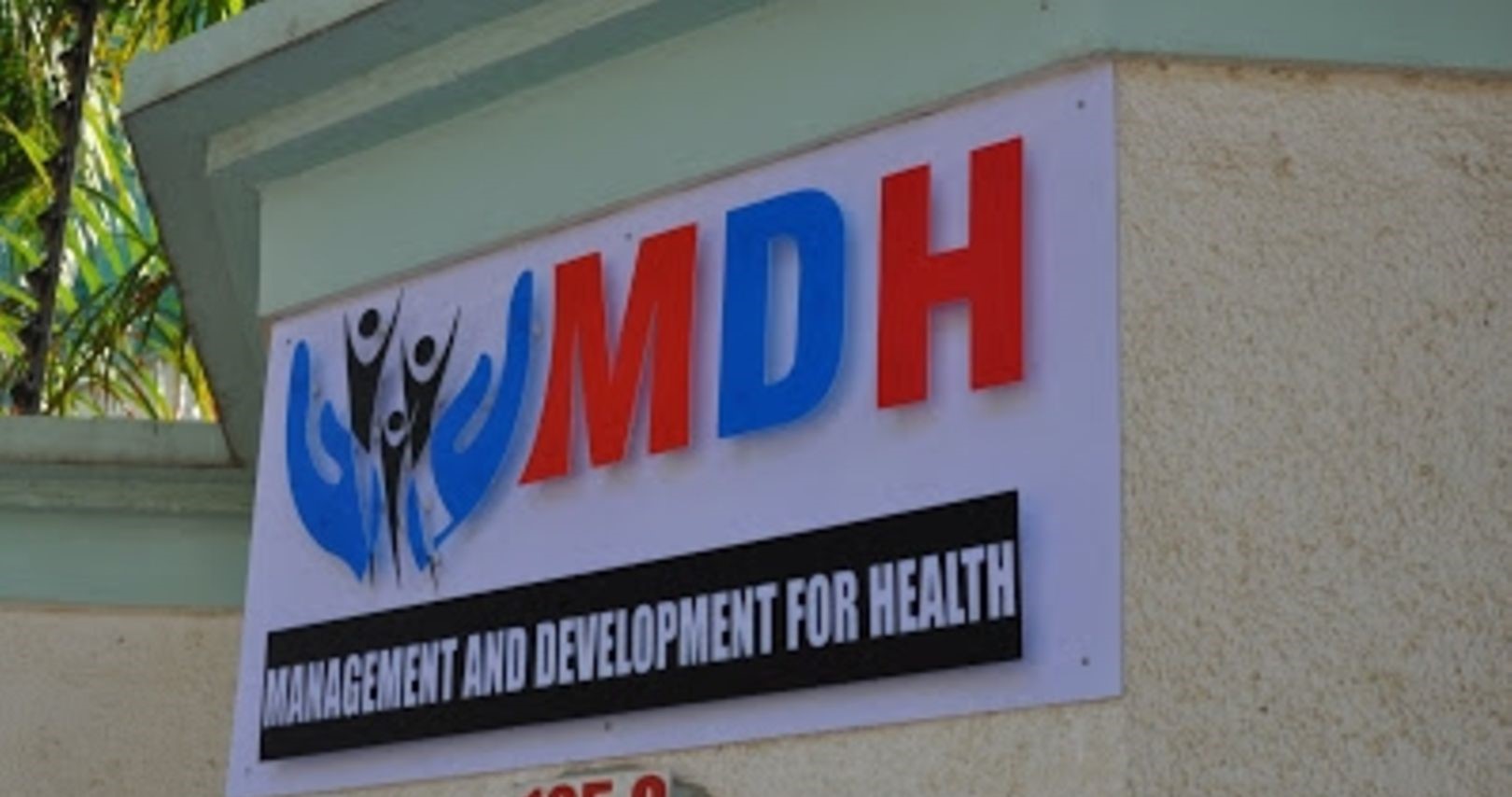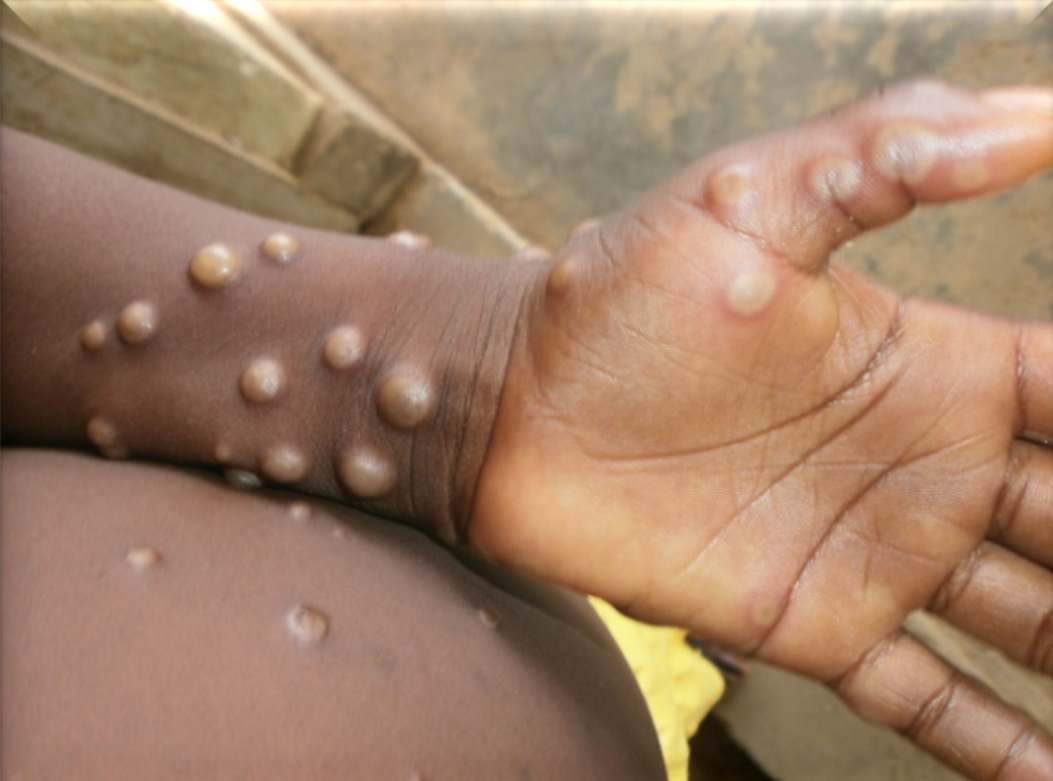People afflicted with non-communicable diseases (NCDs) such as diabetes and cancer need long-term health interventions, however, in most low- and middle-income countries; including Tanzania, projects designed to address such diseases at community level are often short-term. This calls for a better, focussed, and people-centered approach.
As healthcare professionals convene in Dar es Salaam on Monday, November 9th -10th for the 2nd National NCDs Scientific Conference to discuss strategies for strengthening of health systems in prevention and control NCDs in the country, it is high time we started discussing ways we can reach out and care for the people at risk, doing so on a long-term basis.
One approach can be to find ways of complementing the existing health promotion interventions which, for a long time, have relied heavily on donor-funded projects in their efforts to reach out to communities.
Where I come from, I am aware of a three-year NCDs awareness and screening project at St. Kizito Hospital Mikumi in Kilosa District, Morogoro Region which lasted between 2016 and 2019. There was another one that ran for five years, advocating cervical and breast cancer screening in the same region. All these projects ended, however, much remains to be desired in the control of NCDs in the region and the country as a whole.
As I hinted at the beginning of this article, NCDs are chronic in nature and their management requires individual and community voluntary behavioural change.
That said, we could start venturing into ideas that can, for instance, keep people in communities hooked on preventive measures. We can borrow a leaf from the social marketing approach that has been applied elsewhere by some Tanzanian NGOs in addressing the HIV scourge.
By this approach, it means that we incorporate social marketing strategies in public health promotion. It is modelled on business marketing principles.
A strategic social marketing expert focussing on health and wellbeing from the Liverpool John Moores University (LJMU) in the United Kingdom, Pippa Sargent, explains business marketing as a way of creating, communicating, and delivering value to clients in exchange for behaviour that benefits both the client and the marketing organisation.
The same marketing principles, when applied in health, are referred to as social marketing which is a concept introduced into public health in 1971 by Kotler and Zoltman. Social marketing in public health is an approach that seeks to incorporate marketing principles with other approaches to influence positive behaviours that will benefit individuals and the community for the greater good.
In social marketing, health is considered a real market where patients/clients pay monetary or non-monetary costs to obtain the benefits of health services, health products, or behaviour.
As for the prevention of NCDs, the social marketing approach can be used in selling positive lifestyle behaviour among the people in communities. The positive behaviour, in this case could be quitting smoking, engaging in physical exercise, cutting down on drinking alcohol. These are the major risk factors for NCDs.
To apply these strategies in our communities, we can design activities that will promote positive health behavioural changes as I mentioned earlier but they should be fun, easy, and popular to the individual or among members of the targeted communities.
Fun in the sense that the consequences of the behavioural change are rewarding to them. For instance, in urban areas, we can promote weight loss by targeting people who are obese, especially those in the working-class group, with bicycle or jogging corporate clubs weekly or monthly sessions. Communicating health benefits of weight loss in prevention of NCDs and the strategies to achieve it for obese people, would encourage them to maintain and advocate the practice.
Popular in a way that the clients or people in communities voluntarily feel it is what people care about, such as their children or relatives who are dependent on them. These social marketing interventions may be applied in programs and projects that involve prevention, diagnosis, and treatment of NCDs at the community level.
To be more emphatic, it is important that we incorporate social marketing into the existing and upcoming programs aimed at addressing the prevention, diagnosis, and treatment of NCDs. These diseases are still the leading cause of premature death among youth and adults globally.
We need to realise also that social marketing is not meant to replace other aspects of health promotion but rather to complement them in bringing positive health changes through community engagement.
The simple message is: It is easy to communicate health information, difficult to change attitude, teach complex skills, and persuade people to adopt new behaviour more so when they involve discomfort and abandoning pleasure, as argued by (Tones and Green, 2004). But it is not impossible.
If we focus our effort on social marketing among other ways, we’ll influence people to adopt positive health behaviour and that offers a glimmer of hope in the fight of NCDs which, as we all know, requires a long-term commitment.
Further references:
Sargent, P. (2020) ”Social Marketing in public health practice”. TROP 976 Health promotion (Accessed: 02 November 2020).
Tones, K. and Green, J. (2004) Health promotion: planning and strategies. Sage.








